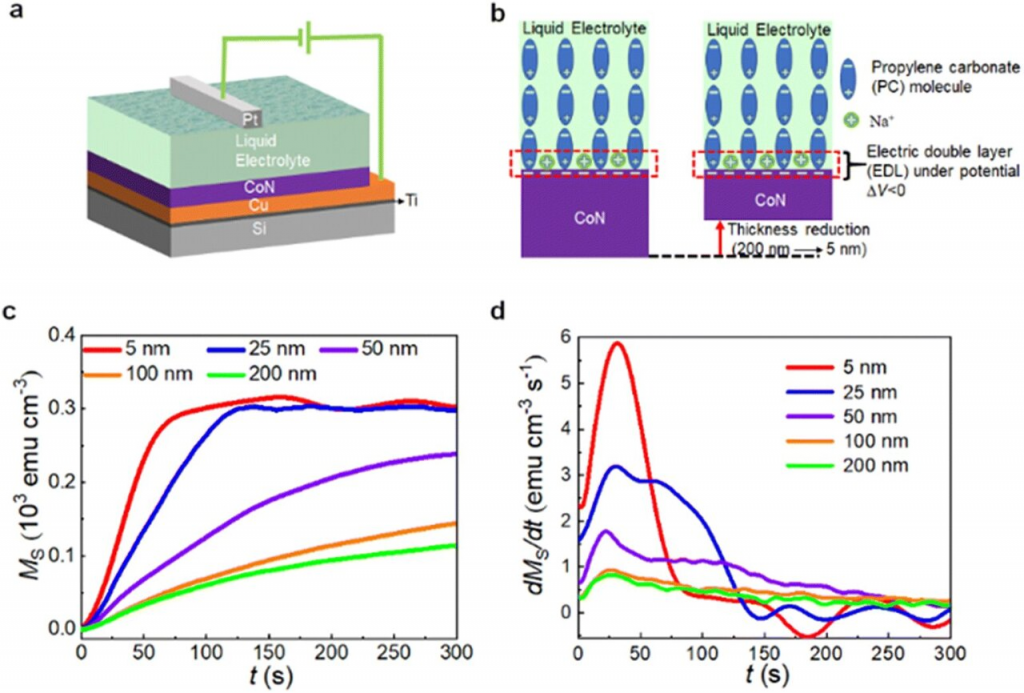Researchers have developed a material that can emulate the way the brain stores information. The material copies the synapses of neurons to catch the learning that happens while sleeping. Researchers from Universitat Autònoma de Barcelona (UAB) have built the magnetic material with the help of neuromorphic computing.
Neuromorphic computing employs artificial neurons to copy the behavior of the brain and the synaptic functions, or communication signals, of neurons. One of the behaviors learned is the “ability to store information or forget it depending on the duration and repetition of the electrical impulses that stimulate neurons,” as stated in the study.
The study was published in the journal Materials Horizons.
The research team discovered certain materials that mimic neuron synapses. The materials include memristive (electronic memory) materials, ferroelectrics, phase change memory materials, topological insulators, and magneto-ionic materials. The team noted that magneto-ionic materials were the most recent materials and are formed by changes in the magnetic properties that are produced by the movement of ions, or atoms, within the material.

The study was headed by researchers Jordi Sort and Enric Menénde from the UAB Department of Physics’ z. They worked with the ALBA Synchrotron, the Catalan Institute of Nanoscience and Nanotechnology (ICN2), and the ICMAB. A new material was developed had a thin layer of cobalt mononitride (CoN). “The new material works with the movement of ions controlled by electrical voltage, in a manner analogous to our brain, and at speeds similar to those produced in neurons, of the order of milliseconds,” said Jordi Sort, research professor at ICREA and Enric Menéndez, tenure-track professor of Serra Húnter at the Department of Physics at UAB.
“We have developed an artificial synapse that in the future may be the basis of a new computing paradigm, alternative to the one used by current computers”, Sort and Menéndez continued.
The setup of the material allows the magnetoionic properties to be controlled both when the voltage is applied and when the voltage is removed.
This is a huge leap in neuromorphic computing functions as it creates efficiency in perception, learning, and memory with the help of neural networks.

“When the thickness of the cobalt mononitride layer is below 50 nanometers and with a voltage applied at a frequency greater than 100 cycles per second, we have managed to emulate an additional logic function,” stated Sort and Menendez.
The researchers mentioned the significance of the study and the emulation of brain function. “Once the voltage is applied, the device can be programmed to learn or to forget, without the need for any additional input of energy, mimicking the synaptic functions that take place in the brain during deep sleep, when information processing can continue without applying any external signal,” stated Sort and Menendez.


